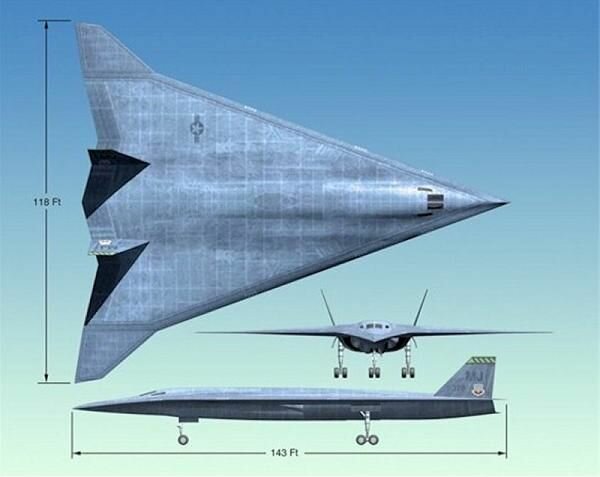- Joined
- 15 January 2021
- Messages
- 393
- Reaction score
- 1,438
I said high bypass can result in higher Hi-Mach AB thrust. There are a lot of variables between engine designs, and different configurations will reach a limit where thrust falls off for various reason. For example, the F-111F with the TF30-P-100/111 engine, rated at 25K at Max AB, has higher thrust at M2.5 than the F110-GE-129, rated at 29K at Max AB, that was proposed as a replacement.Thank you for confirming the higher bypass ratio giving more thrust at high Mach conditions. This is an advantage to the F110. The F110 not only has the highest thrust but also the highest bypass ratio of all F-15 engines.
At high speeds the F-15 intake ramps close to prevent too much air reaching the engine. At Mach 2.5 the Pratt engines hit their maximum airflow limit with the variable intake in the max position. The engines will begin to compressor stall above mach 2.5.
The F110 has a higher airflow limit which is why the F-16 needs the big mouth inlet. So in the F-15 when travelling at mach 2.5 with the inlets in max position the F110 engines can continue to handle more airflow as the speed increases above mach 2.5.
I'm sure you can explain this better. The original mach 2.9 makes perfect sense. This information has to be restricted as it would be a Pratt versus GE marketing issue.
Back on the NGAD topic. The F-15 speed was simply used to support a potential mach 3.5 top speed for the NGAD. I didn't realise we would dedicate two pages to the F-15. Lets forgeg about the F-15. What is your opinion about the NGAD top speed using the new engines? The highly swept frame. You know what is possible with engines. Mach 3.5 is totally realistic in a sprint?
Your understanding of the F-15 inlet is limited. The ramps of the inlet move to position the external shocks as close to the lower lip as possible, with a normal shock at the lower lip to the upper throat narrowest position. The higher the Mach number, the more deflected the ramps are to position the oblique shocks. If the intake is opened further to flow more air than the engine can take, spillage drag goes up. Smaller than the engine flow capability, the engine flow is choked off and thrust is reduced (see small mouth F-16 Block 30) The F-15 inlet is definitely more open at the throat to meet the -129 flow requirements, but the intake may run out of kinematic travel to properly position the shocks at the higher airflow as the Mach number increases. And, the -129 may have internal temperature or pressure limits that causes the core to cut back airflow, limiting either the fan airflow or fan pressure ratio (or both) at high Mn, high inlet temperature conditions. It is possible that the -220 powered F-15C is the fastest of all the variants at altitude.






